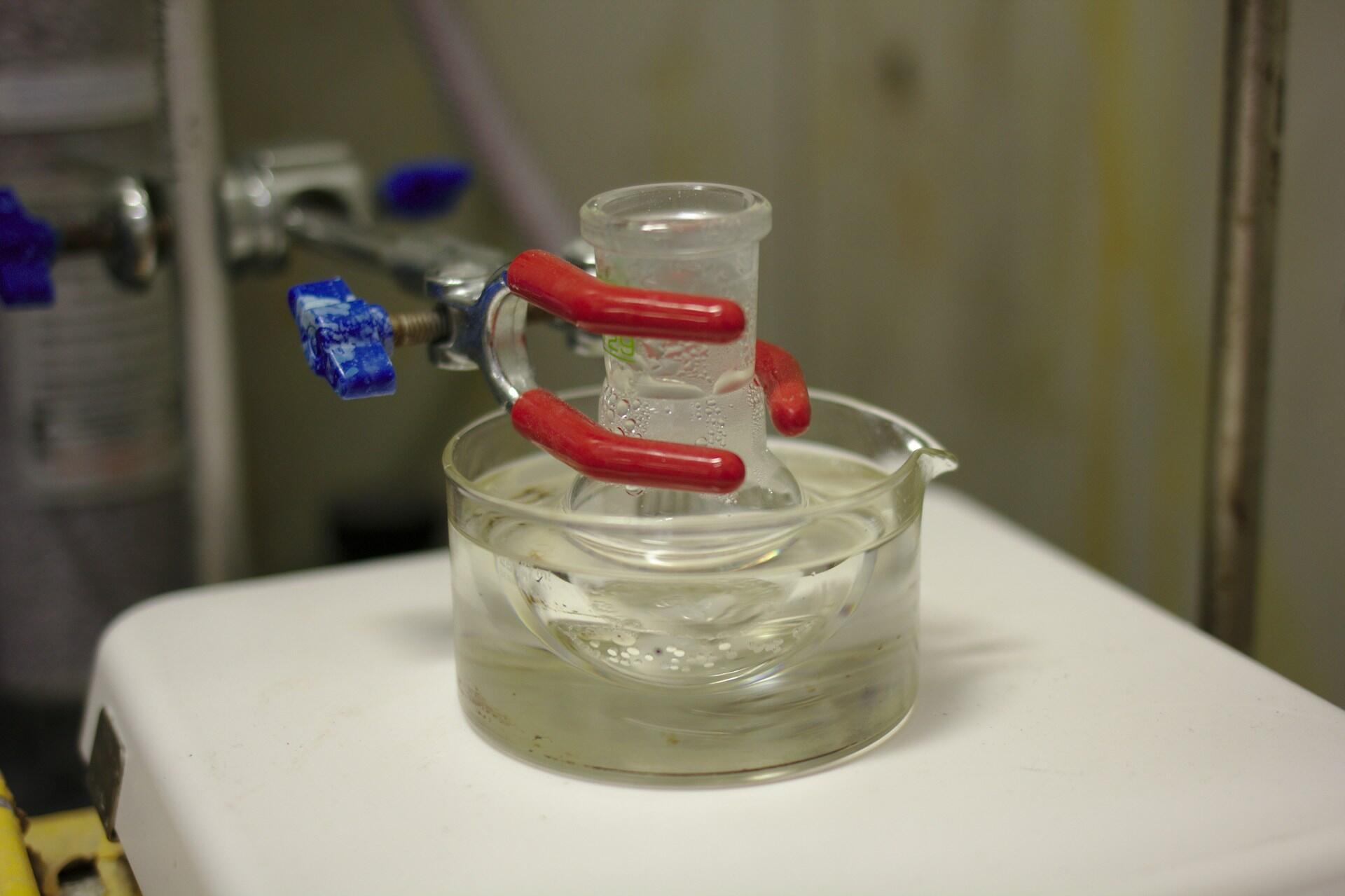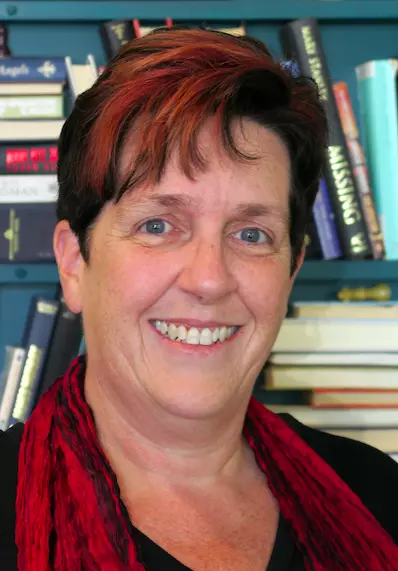Chemical discoveries have transformed the way we eat, communicate and fight disease. We consume entertainment and information via liquid-crystal displays - LCD screens, another chemistry innovation. Our modern world would not be recognisable without these and other discoveries in chemistry.
| 🧪 Discovery | 🗓 When | 🔬 Chemist |
|---|---|---|
| Penicillin | 1928 | Alexander Fleming |
| Taxol | 1992 | Monroe Wall Mansukh Wani |
| Anaesthetic | 1846 | William Morton |
| Pasteurisation | 1864 | Louis Pasteur |
| Haber-Bosch Process | early 1900s | Fritz Haber Carl Bosch |
| Plastic | 1855 1907 | Alexander Parkes Leo Baekeland |
| LCD Screens | 1974 | George Gray |
| Radiation | 1895 1896 | Wilhelm Röntgen Henri Becquerel |
| DNA structure | 1951 | Francis Crick James Watson Rosalind Franklin |
| Nylon | 1927 | DuPont chemistry lab |

Penicillin
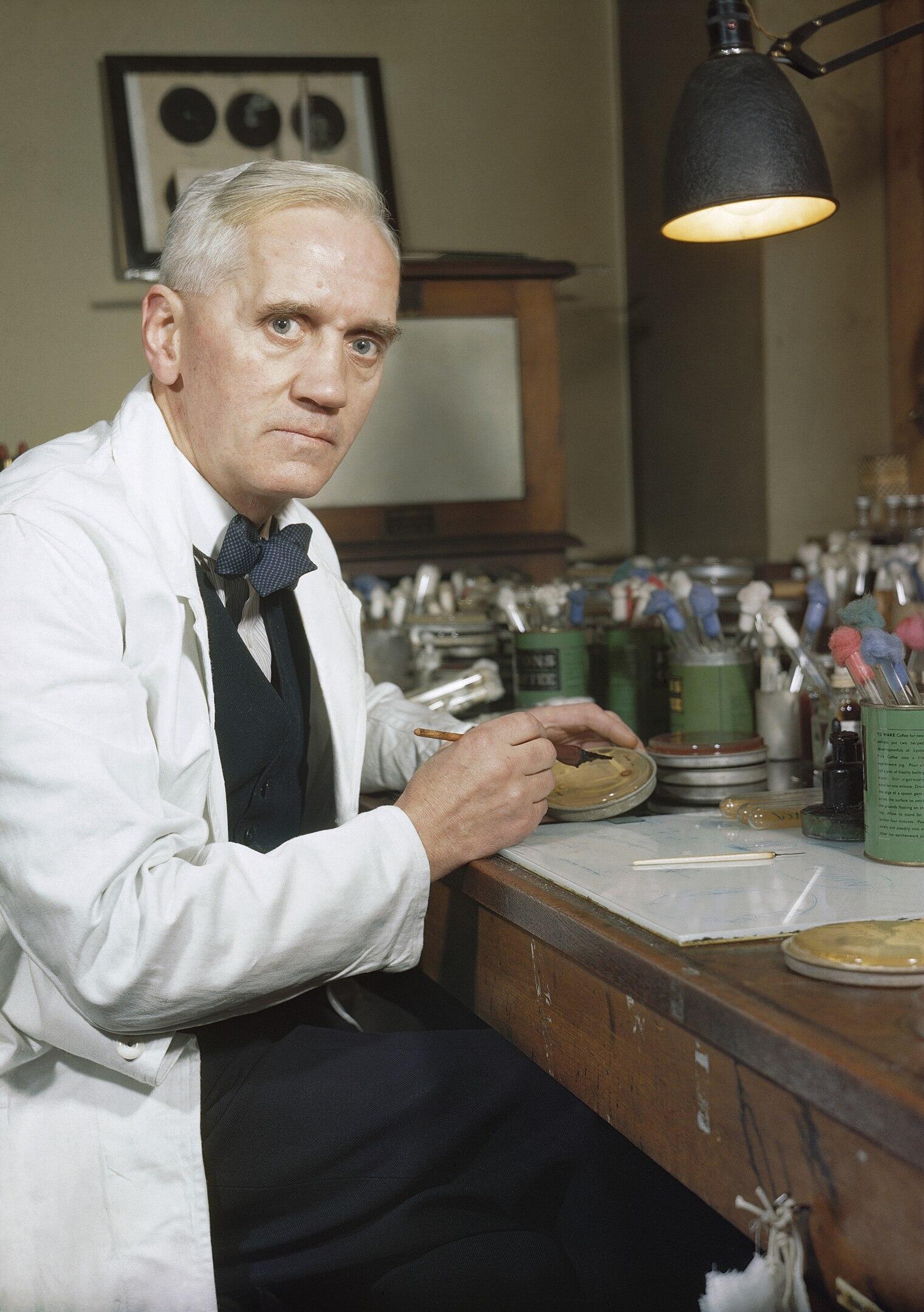
In 1928, a Scottish doctor, pharmacologist, and bacteriologist named Alexander Fleming was running experiments in his lab. He left on holiday without tidying up even his essential chemistry equipment. Weeks later, when he returned, he discovered one of his samples had contracted a mould.
Studying it, He was shocked to find the intrusive mould was killing the bacteria in his experiment. He published a paper about his discovery, but no-one took much notice – apart from Howard Florey and Ernst Boris Chain.
Those two biochemists studied his discovery, and found a practical application for it.
We know it as penicillin.
It became one of the most important medical discoveries ever made.
The three scientists won the Nobel Prize for their work. Today, we estimate this drug has saved two hundred million lives.
Taxol
You might never have heard of Taxol, one of the most effective cancer treatments in the world. Taxol prevents cells from dividing, leading to the cell's death. For cancer, whose cells divide very rapidly, Taxol is poison. When chemistry tutors talk about Taxol, they do so with a sense of wonder.
In the 1960s, medical chemists Monroe Wall and Mansukh Wani were collecting tree samples, as part of a US National Cancer Institute project.

They were looking for new substances with cancer-fighting properties. But they had no idea which plants might have the right chemistry.
Their extensive sampling discovered a substance toxic to cells. They called it paclitaxel, a material from the Pacific Yew Tree. More than 25 years of research later, their drug was ready for human trials. In 1992, it gained approval as a cancer treatment for humans.
Ongoing use of paclitaxel may threaten ecosystems, and the trees themselves.
So valid are these concerns, that scientists are now looking for new biological sources of this substance. All the basic chemistry concepts apply: it must be stable, abundant, effective, and targeted. For the trees' sakes, as well as humanity, let's hope they succeed.
Anaesthetic
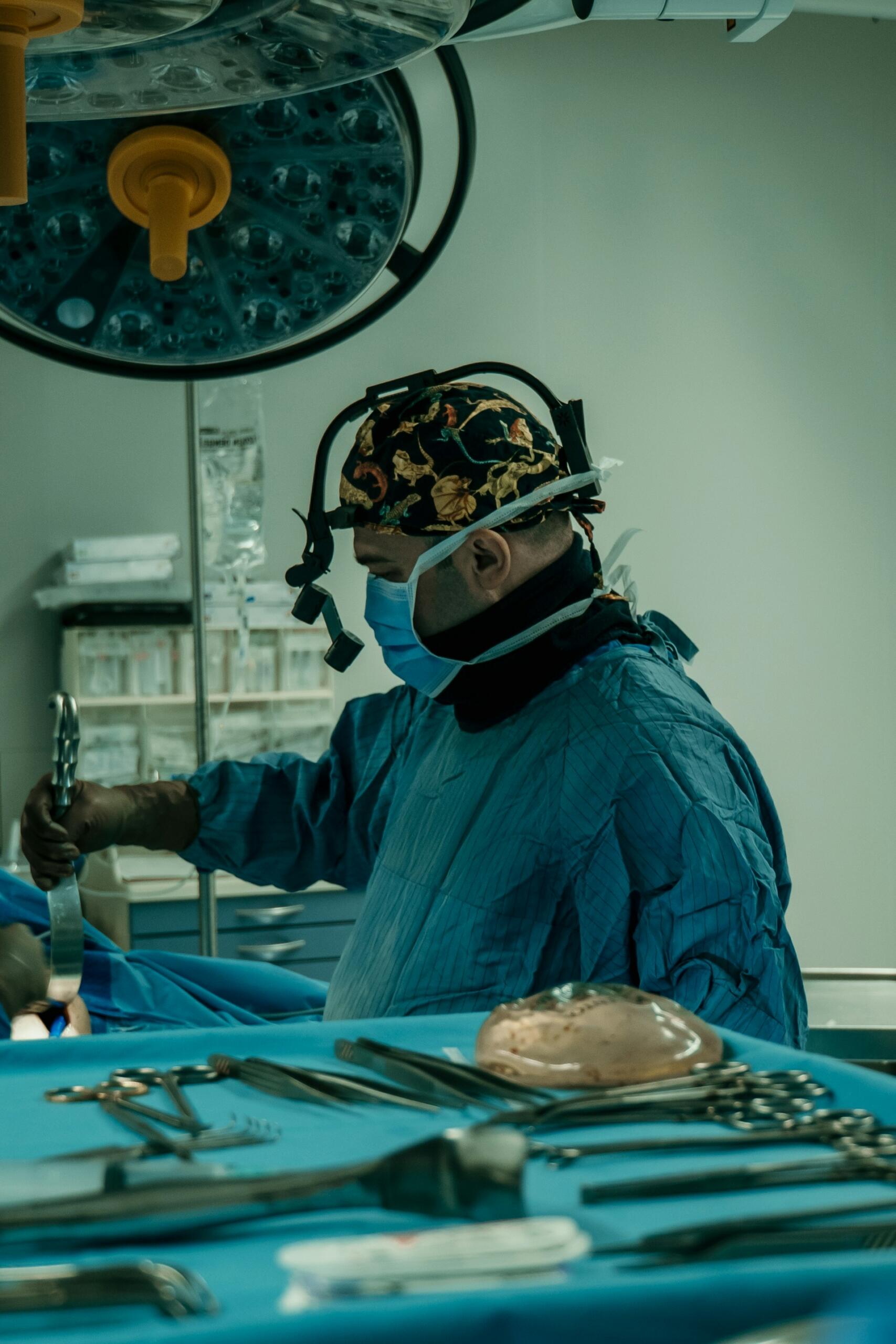
Once upon a time, if you needed surgery, the only way to ease the pain was to ply you with alcohol and hope for the best. It wasn’t until the middle of the 19th Century, that surgery became a pain-free experience.
William Morton, a dentist and amateur chemist, noted that animals fainted after inhaling sulphuric ether. In 1846, Morton led staged tooth extraction described in the video. He performed dental surgery on an anaesthetised human patient in front of an applauding crowd.
After this, Morton falsely claimed that anaesthesia was his discovery. Opium and alcohol were effective substances for pain relief. Furthermore, history books show a type of ether had been used in 1525, by Paracelsus. You might ask your chemistry tutor about William Morton, Paracelsus, and other milestones in anaesthetic discovery.
Pasteurisation
Heat's effects on bacteria have long been the subject of study. In China, in the twelfth century, Japan in the sixteenth century, and Italy in the 1700s. However, Louis Pasteur was the first to make the connection between heat and the death of bacteria. His name ranks among the world's famous chemists, credited with saving millions of lives with his simple process.
Pasteur’s discovery occurred when he heated wine, apparently while he was on holiday in 1864.
In this modern era, we know that when you heat up food or drink, you kill the bacteria in it. Still, we associate pasteurisation with milk, known to be a common breeding ground for dangerous bacteria. In all cases, we have Pasteur to thank for the fact we can drink milk without becoming ill.
Haber-Bosch Process
Nitrogen is so vital an element that no known organism can exist without it. As such, every living thing, plant or animal, has evolved complex biological systems to extract nitrogen from the air.
At the turn of the twentieth century, scientists began studying ways to extract nitrogen, for agricultural purposes and weapon technology. Bones and animal faeces were adequate nitrogen sources for smallholder farming, but they were not efficient on the industrial scale.
German chemists Fritz Haber and Carl Bosch found a way to break nitrogen's strong triple bonds, to create the chemical compound ammonia. The clip above describes the Haber-Bosch Process, and our chemistry glossary details ammonia's structure.
Haber-Bosch Process Effects
Farming became four times more efficient, allowing less land to produce more food.
Increased food production led to population growth over the last century.

Plastic
Propose this thought exercise during your next session with your senior secondary chemistry tutor: imagine our world without plastic.
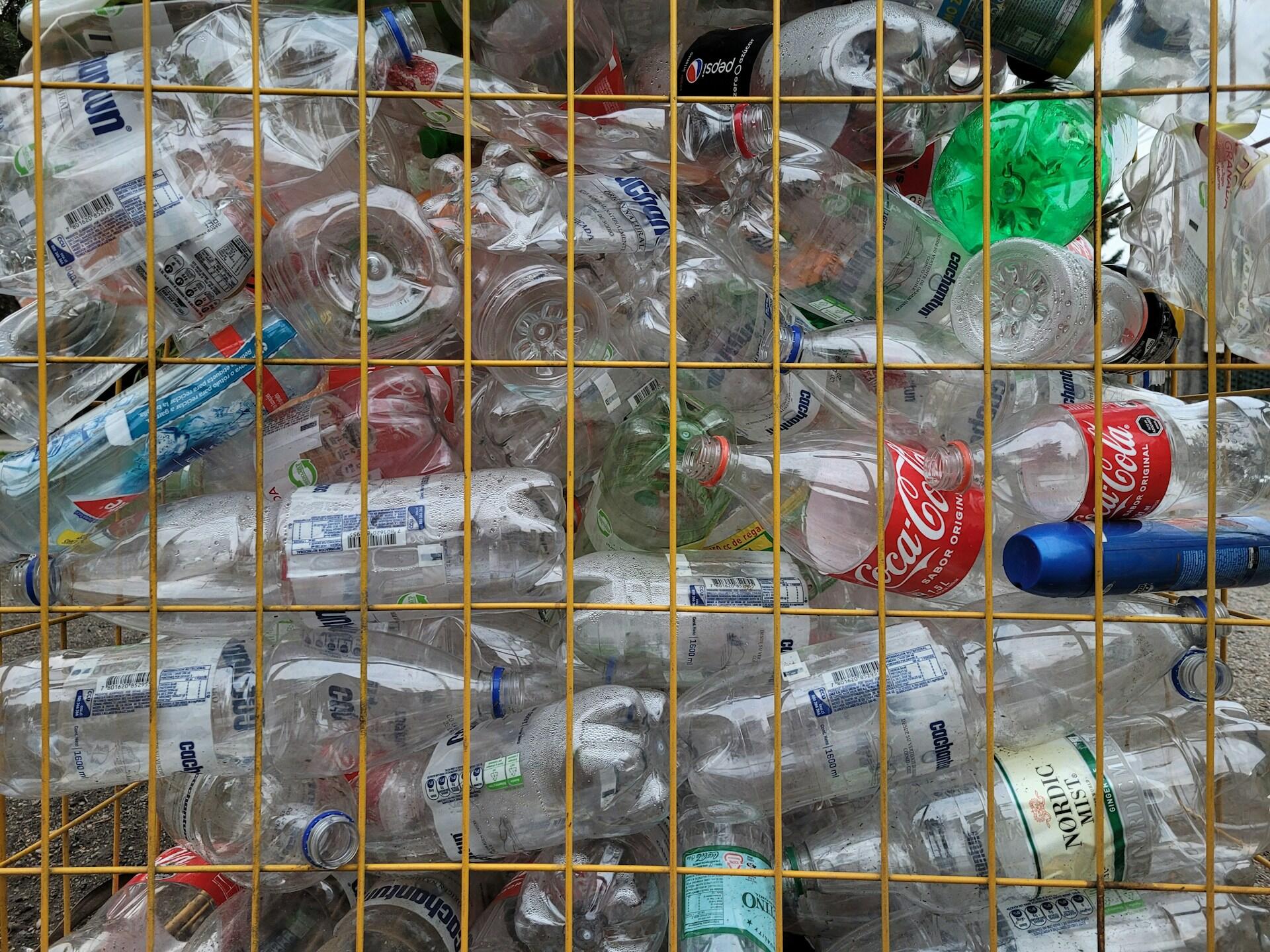
The compound is everywhere: mobile phones, cars, throughout your kitchen, plastic carry bags, toys and even most of our clothes. Do we know who invented plastic? Sort of.
In 1855, Alexander Parkes invented a plastic-like substance to waterproof clothing.
He called it parkesene.
Parkes and his company went bankrupt, but his invention kickstarted the early plastic industry. In 1907, an American chemist, Leo Baekeland, created another plastic: Bakelite. This malleable chemical substance found usage in machinery and technology, and our plastic world was born.
On Plastic and Polymers
Plastic is most often synthetic, meaning human-made. A similar category of chemical compounds, polymers, are naturally occurring. Rubber, with properties similar to plastic, has been used by indigenous peoples of South and Central America for centuries.

LCD Screens
Scientists knew the benefits of liquid crystal in the 1960s, but they had to wait decades for technology to catch up to theory. At the time, engineers and chemists believed only very high temperatures could keep the crystal liquid.
The British Ministry of Defence wanted smaller, lightweight screens in their vehicles.
The Ministry commissioned chemist George Gray to study the phenomenon. His work led to the discovery, and later, production of a molecule that functioned at a lower temperature. It is this innovation, the 5CB molecule, is the chemistry discovery behind most LCD screens.
Radiation
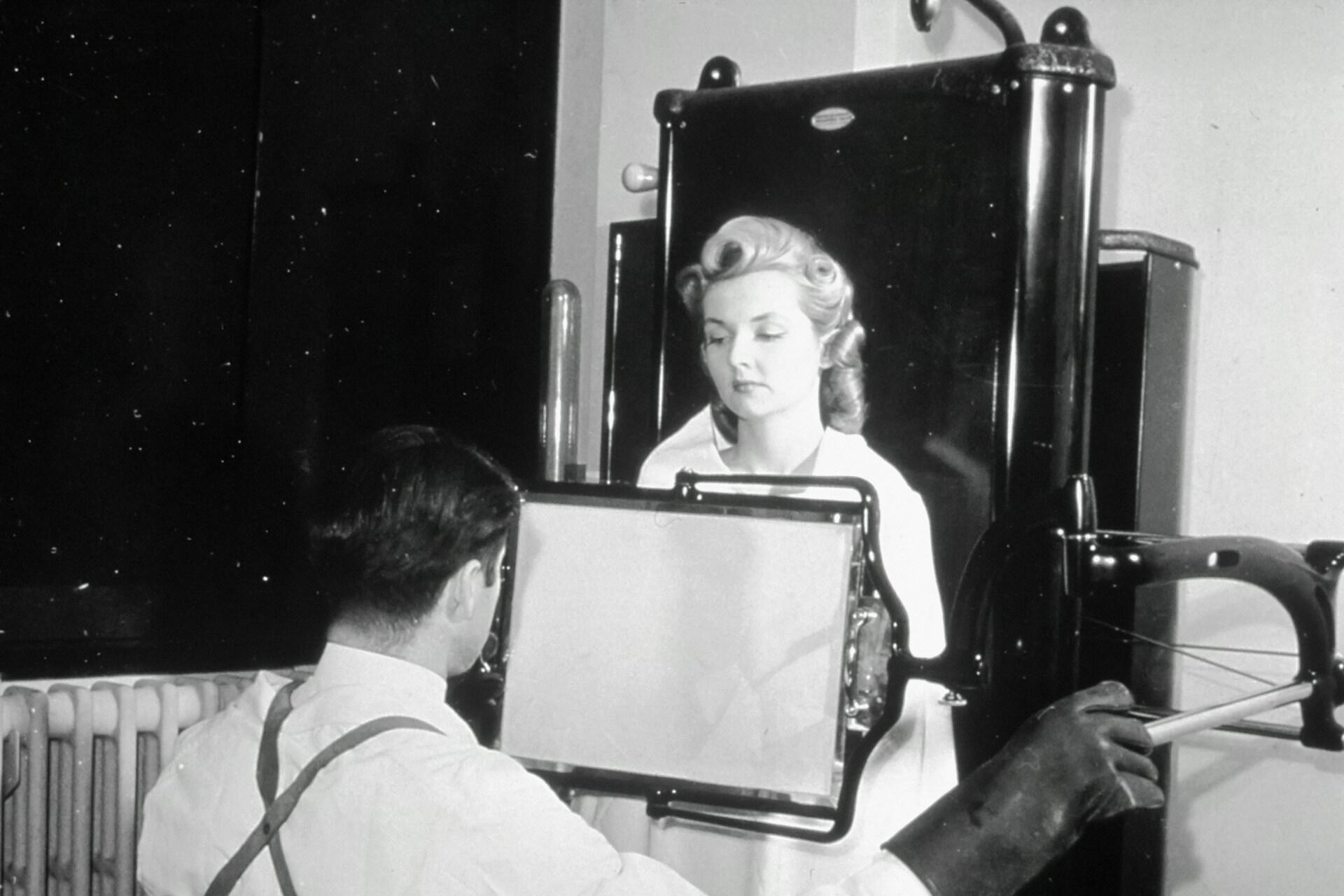
Henri Becquerel was first to question radioactivity, as he examined why certain matter glows in the dark. He noticed that uranium changed the colour of light-sensitive sheets, even with a paper layer between the sheets and elements.
He realised that this material must be emitting something he could not see with his eyes. But, he was not the first on the radiation discovery timeline:
1895
Wilhelm Röntgen discovers X-rays
1896
Henri Becquerel discovers natural radioactivity
1898
Marie and Pierre Curie discover radium and polonium
1920s
"Radium Girls" highlight the dangers of radiation exposure
Factory workers painting watch dials died from radiation poisoning.
1945
The Manhattan Project studies the effects of radiation exposure from atomic bombs.
Out of all scientists to study chemistry, Marie Curie is one most famously associated with the discovery of radioactivity. She was among chemists and physicists studying x-rays, radiation and radioactive chemical elements like uranium and radium.
DNA Structure
Your HSC chemistry tutor might insist that defining the DNA helix was a biological discovery. However, it could not have happened without knowledge of chemistry. Furthermore, this discovery relies on another chemistry advancement: the X-ray.
In 1951, Francis Crick and James Watson worked on a mathematical theory of X-ray defraction of helical molecules. Their efforts paid off. They were able to develop a model for DNA's helical structure.
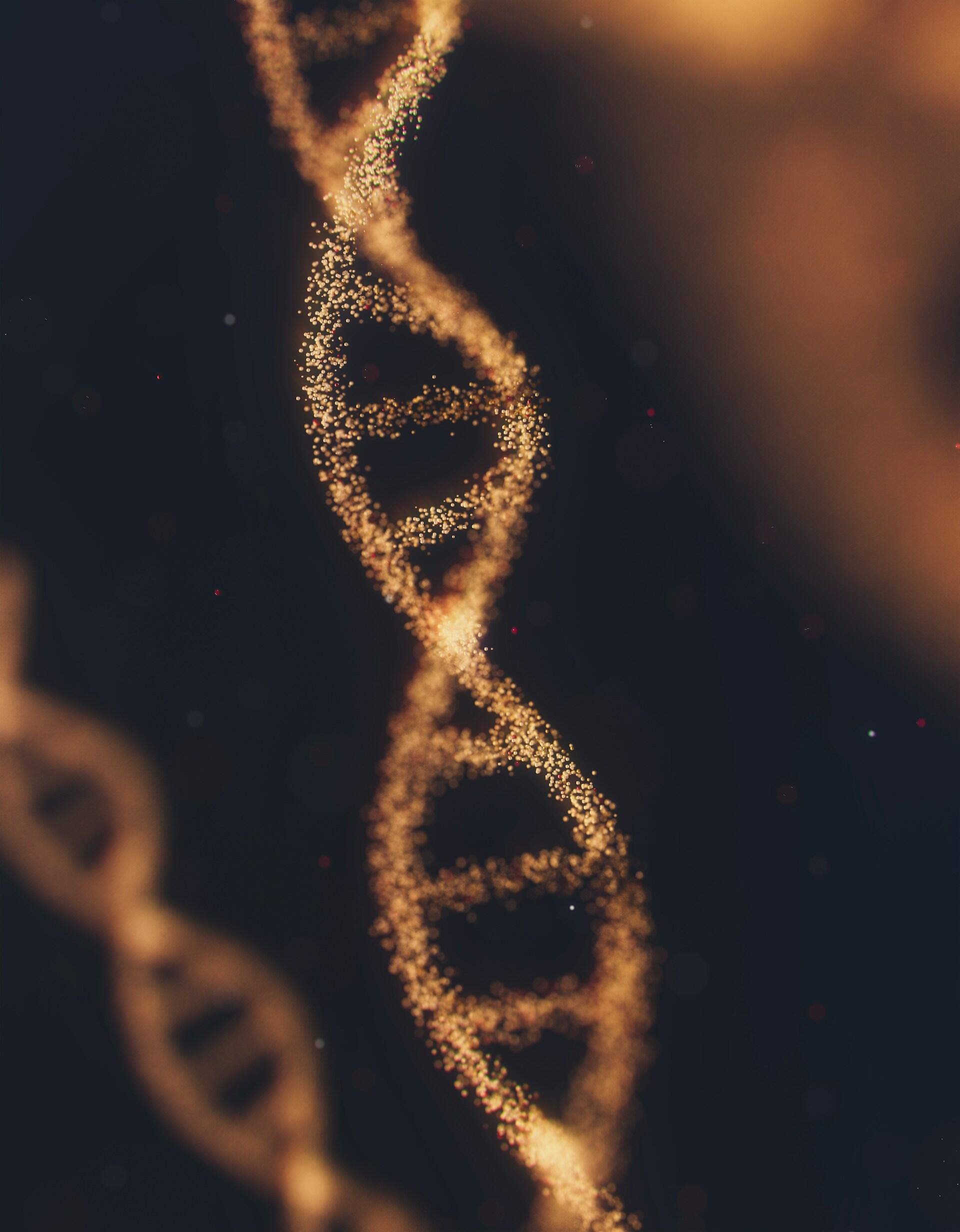
Rosalind Franklin, with her understanding of basic chemistry, advanced Watson and Crick's model-building efforts. From the outset of their collaboration, those two scientists had wrongly placed phosphates inside the helix's core. She argued they must sit outside, so they can interact with water molecules.
Nylon
The debate rages over fast fashion's pros and cons. It's an argument we wouldn't need to have, were it not for synthetic fibres like nylon and rayon.
Textile makers blend these fibres with traditional materials, such as cotton and wool, to create more durable, easier-to-manage fabrics.

The chemical firm DuPont began experimenting with cellulose-based fibres in 1927.
Those chemists stumbled upon the formula by accident, after mixing a couple of polymers and leaving them to set.
Returning to that experiment weeks later, they discovered that the mixture was infinitely elastic, composed of ultra-fine strands.
The United States was frustrated with Japan's monopoly on silk.
It wanted a silk-like product to compete with expensive, hard-to-import silk stockings.
Indeed, it was all about dressing women's legs. When DuPont debuted its nylon stockings at the 1939 World's Fair, everyone - marketers and shoppers, went wild. During the Second World War, when nylon production turned to military applications (parachutes and uniforms), women would queue for hours for a chance to buy from the limited supply of 'nylons'.
After the war, with nylons still in short supply, shoppers raged through the stores, upending displays and demanding the return of nylon stockings.
The nylon riots and other nylon shortage extremes belong in the catalogue of fun chemistry facts. However, nylon's discovery, and what it has done for the textile and fashion industry, is no joke. DuPont sold its fabric blends to high-profile designers like Chanel and Dior. Today, nylon features in practically every article of clothing.
The Pros and Cons of Chemistry
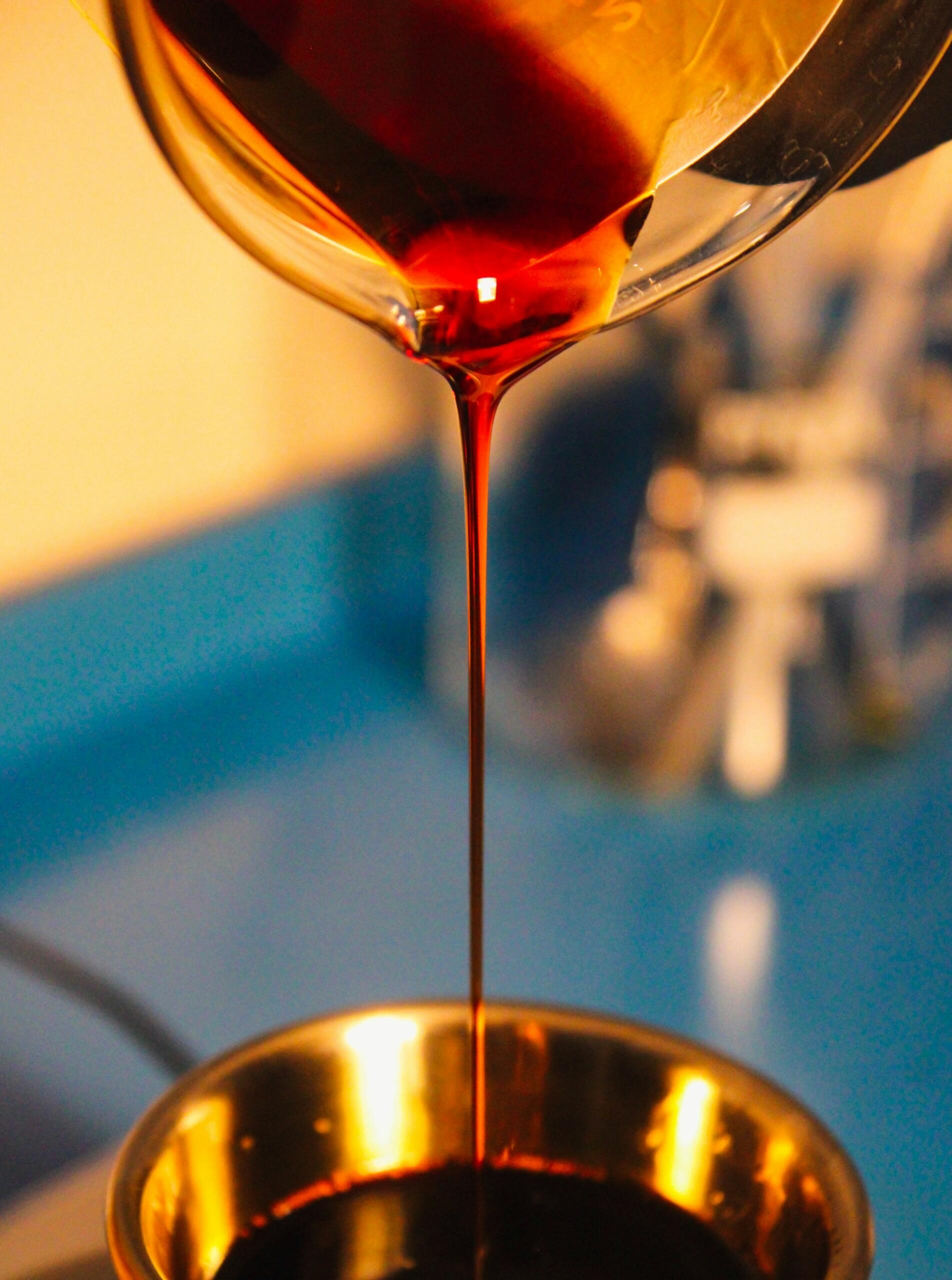
Chemistry is the science of substances and their interactions. It has ancient roots, dating to Greek philosophers like Empedocles (600 BCE).
Alchemy was chemistry's predecessor, seeking to transform substances.
Throughout history, artisans like metalsmiths and dyers applied chemical knowledge to their crafts, while Aristotle explored elements of matter. Today, modern chemistry shapes society.
Chemistry discoveries led us to adequate clothing, food, clean water, housing, and healthcare. During much of the 20th century, chemistry was viewed as the "science of the future," yielding medical advances, new materials, and alternative energy sources.
Despite chemistry's potential to enhance society, recent years have highlighted environmental concerns and long-term negative impacts of certain chemical products.
Harmful Waste Production
Disposing of chemical waste is, by far, society's greatest concern. Such waste includes:
- petroleum sludge
- batteries
- industrial by-products
- nuclear waste
- plastics disposal
- discarded textiles
- used solvents
- pesticides
- toner and ink cartridges
Limited disposal sites cannot accommodate all the chemical waste modern society produces. This causes environmental and health issues, as well as concerns for the future.
Warfare and Chemical Weapons
Inventions in chemistry have fundamentally transformed and enhanced the quality of human existence, providing life-saving medications, agricultural innovations, and materials that define modern civilisation.
Simultaneously, these same chemical principles have enabled the destruction of life through the creation of devastating weapons. The atomic bombings of Hiroshima and Nagasaki stand as sobering historical testaments to chemistry's destructive potential, while ongoing chemical weapons deployment throughout regions of South Asia continues to inflict grievous harm on vulnerable populations today.
This stark duality presents society with profound ethical questions about scientific advancement and how we balance progress with responsibility, particularly as chemical innovations proliferate in both civilian and military contexts.
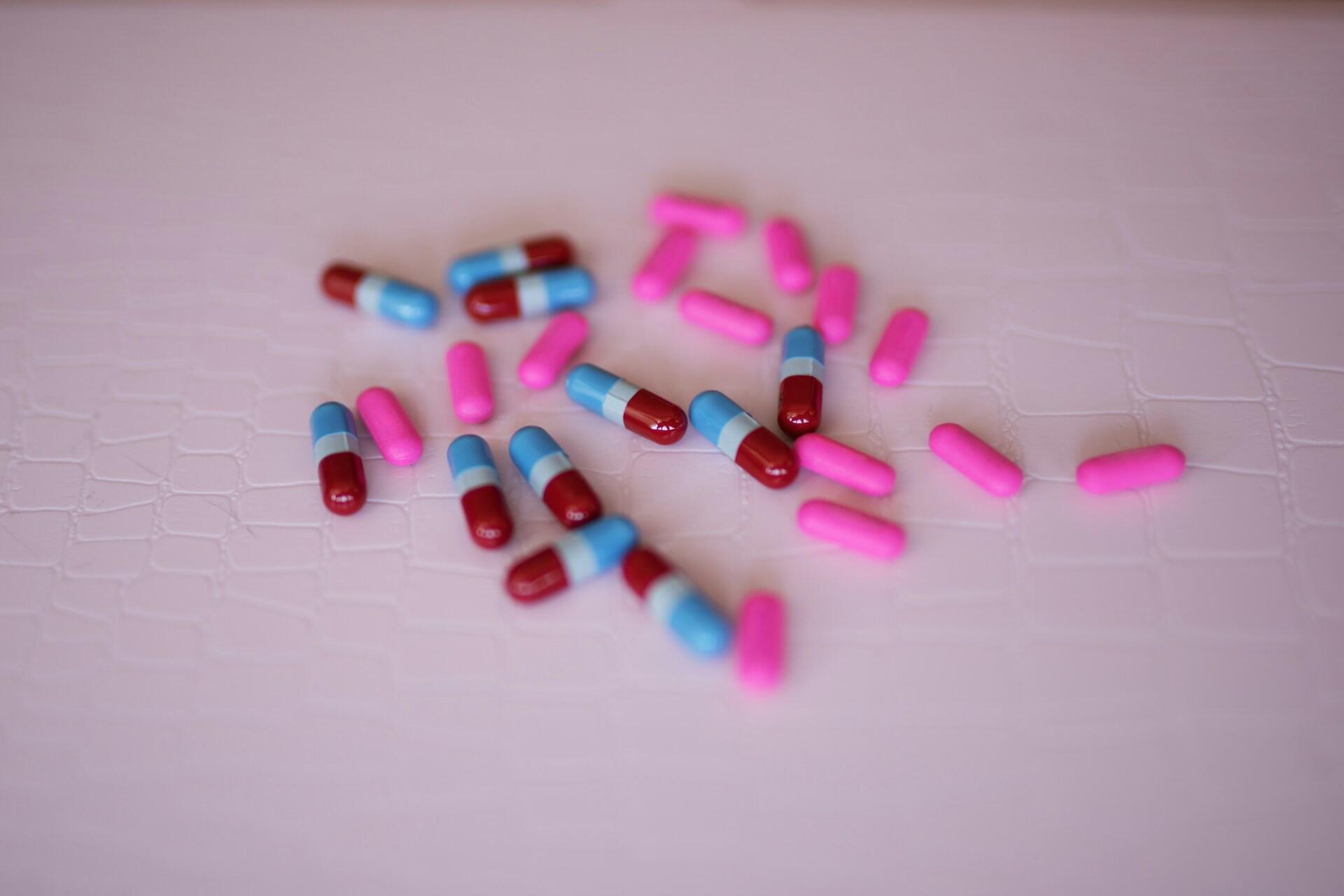
Medical Chemistry
Advancements in medicine, including the prevention and treatment of disease, could not have occurred without chemistry. Along with the increase in medical solutions to long-term problems, the world has also seen an increase in the misuse of various drugs.
This drug was meant to treat anxiety, sleeplessness, and tension.
Pregnant women who took this drug delivered babies with severe deformities.
The Thalidomide scandal is but one of a long list of chemical misfires. Ozempic is a more recent example of such. As the University of Queensland informs us, the list of risks is far longer than this medicine's benefits.
Negative impacts aside, the question is: do the consequences outweigh the benefits? Another way to examine this question: have we gone too far to turn back? If you live in Victoria, you might discuss this with your VCE chemistry tutor.

